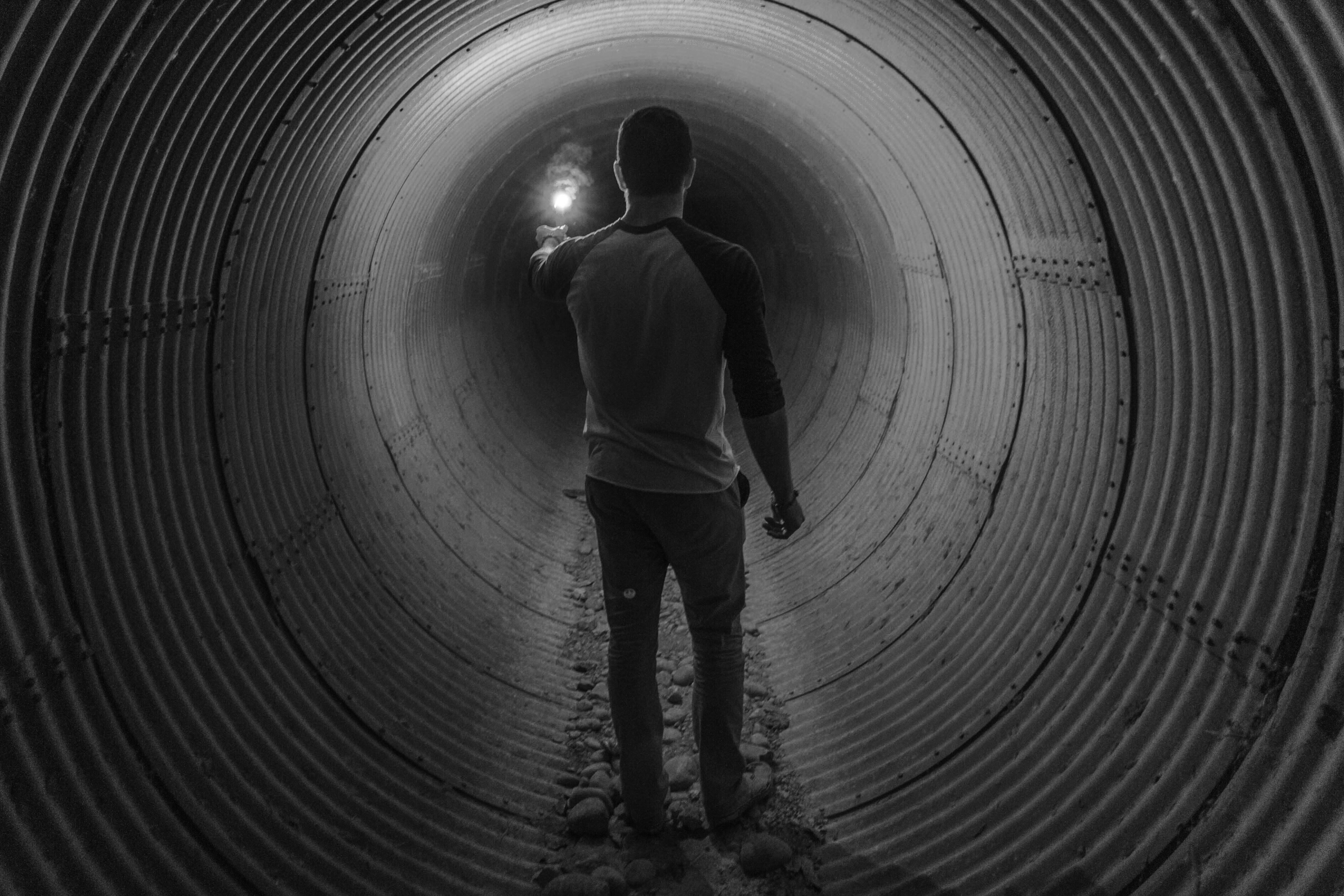The unpalatable subject of suicide was plucked out of the shadows and thrust center stage with the recent deaths of Kate Spade and Anthony Bourdain, only three days apart. Whilst some media outlets used sensationalist and attention-grabbing reporting to divulge intimate details about their deaths, my thoughts were with their respective daughters, Frances and Ariane, and the indescribable pain they’ll go through.
The family and close friends of a person who has died by suicide face a complicated grieving process, entirely different from grieving the death of a loved one due to natural causes or an accident. They also face the stigmatization of suicide survivors that persists decades after legal censure for suicide ended. The act of suicide may have been removed from the Statute Books of most Western countries in the 1960s (with the exception of Ireland, which decriminalized suicide in 1993, making it the last country in Europe to do so) but the language surrounding suicide is couched in criminal terms, hence the widespread use of the term “committed” which is incorrect and hurtful.
Knowing that losing a parent to suicide is one of the most harrowing losses a child can face, why did I choose to tell the truth to my then 6-year old and 7-year old about their father’s death? Why didn’t I pretend he’d died of a heart attack and lessen the painful blow to them?
It was easy to justify withholding the truth from them. They adored their father, as small children do. It would save them intense hurt and feelings of abandonment. It would be easier for me too as I wouldn’t have to help them process such difficult emotions and make sense of their confusion. It would help preserve the innocence of childhood a while longer for them which the brutality of suicide would instantly shatter.
My gut feeling was that they had a right to know the truth and that withholding it from them would only serve to compound their pain later on. I decided to follow my gut. One evening after his funeral when we were alone in the house, I asked them to come upstairs with me. The three of us sat on a single step. I was in the middle with one child on either side, the step just wide enough for the three of us to fit. It was the spot where their father had taken his final breath, alone, and no doubt panic-filled. The cream carpet had a visible urine stain on it marking the spot where he’d hung himself.
They sat there silently waiting for me to speak. I began by telling them that their father had been very tired and sad. They nodded. They knew that already. He’d withdrawn from us in his last few weeks, he’d stopped playing with them, and seemed distant, out of reach. As children do, they sensed all wasn’t well with him. I then explained how he was looking for a way out of his pain as it was too much for him. I described what had happened that terrible morning whilst they were at school and they listened without saying a word. When I finished speaking, they both asked what had happened to his belt. The police took it away, I said. My 7-year old thanked me for telling them the truth. It took me aback that he could be so mature about it. His little brother said that if Daddy was in that much pain he was glad he had died so he wouldn’t hurt anymore. They cried and cried and all I could do was hug them close and tell them I would always be there for them.
Three factors underpinned my decision to tell them the truth at such a young age:
1. I didn’t want to lie to them. They needed to know that I was trustworthy and would always be honest with them.
2. I didn’t want them to hear from someone else how their father had died. That would be devastating and a risk I wasn’t prepared to take.
3. I was determined not to perpetuate the shame that surrounds suicide by pretending his death was anything other than it was.
Shame is perpetuated by silence and secrecy. Shame can stop people who are suffering from poor mental health from seeking help before things spiral downwards. Fear about being perceived as weak and vulnerable and how this might affect job security leads people to hide their struggles in any way they can.
Suicide has developed into a major public health issue in the US. The most recent data relating to 2015-16 released last week by the Centers for Disease Control and Prevention (CDC) revealed a 28% rise in the suicide rate in under 20 years1. There’s being an alarming increase in the suicide rate among America’s youth making it the second leading cause of death in the 10 – 35 age group1.
This new data lends a sense of urgency to dismantling the shame around mental health issues and that starts with being able to talk openly about depression and suicide, at any age.
- https://www.cdc.gov/vitalsigns/


